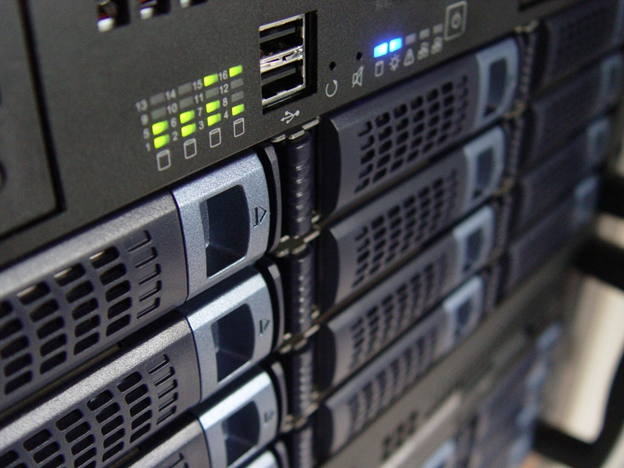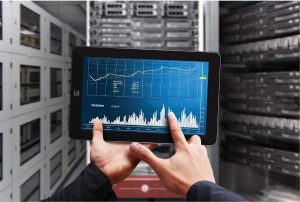4 Tips for Keeping Server Rooms Cool

According to ASHRAE thermal guidelines, your server room should be kept at temperatures between 59 and 89.6 degrees Fahrenheit. When the server room is too warm, your equipment can overheat, causing them to fail.
Keeping your server rooms cool is essential to the efficient operations of your server systems. Here are four tips that can help you keep your cool.
- Ensure the Room Is Well Sealed
Keeping your server room cool isn’t just about the server room HVAC system. Sealing your room to keep the cool air in and any outside air from entering the space is essential.
Always keep the doors and windows closed and inspect walls and ceilings for cracks. Check the seals around doors and windows to ensure they are airtight. Replace any cracked or broken seals with new ones.
Your server room should have dedicated intake and return vents so the air from the AC system can enter properly.
- Select the Right Cooling System
Instead of relying on the HVAC system of the facility, add portable cooling equipment to the room. Avoid using domestic systems as they aren’t designed to meet the cooling standards.
Check out this selection of enclosure cooling products from pelmareng.com. They’re specifically designed to meet server room cooling needs. A built-in monitoring system is key to alerting your IT professionals if there are any temperature-related problems.
- Rack Positioning Is Key
When you have multiple racks of servers, design the room with cold and hot aisles. You want to set things up, so the server racks push hot air toward the hot air return vent and pull cool air from the cold air intakes. Usually, that means you place the fronts of the server racks facing the cold air aisle.
They draw cool air into the front of the servers and expel the hot air into the aisle behind them. That hot air aisle then moves the heated air to the outflow vent. This will cool your room more efficiently.
You can use the same concept in your server room design for smaller rooms. Look at the room ventilation and place your servers so the cool air is where the server can take advantage of it. Direct the hot air exiting from your servers toward the return air vent, to ensure it exits the room.
- Use Blanking Panels
When there are gaps or spaces between the server racks, hot air can accumulate in them, so it’s essential to manage these potential hot spots. Fill these gaps with blanking panels, and the air will be forced to flow around them. These panels slow the movement of cool air and keep the hot air from getting trapped.
Keeping Your Server Rooms Cool
Your choice of system to cool your server rooms will come down to weighing up the pros and cons of each system. There is an initial cost, but the system’s superiority will offset it over time.
Did you find this article helpful? If so, check our other helpful articles for your home and business.








